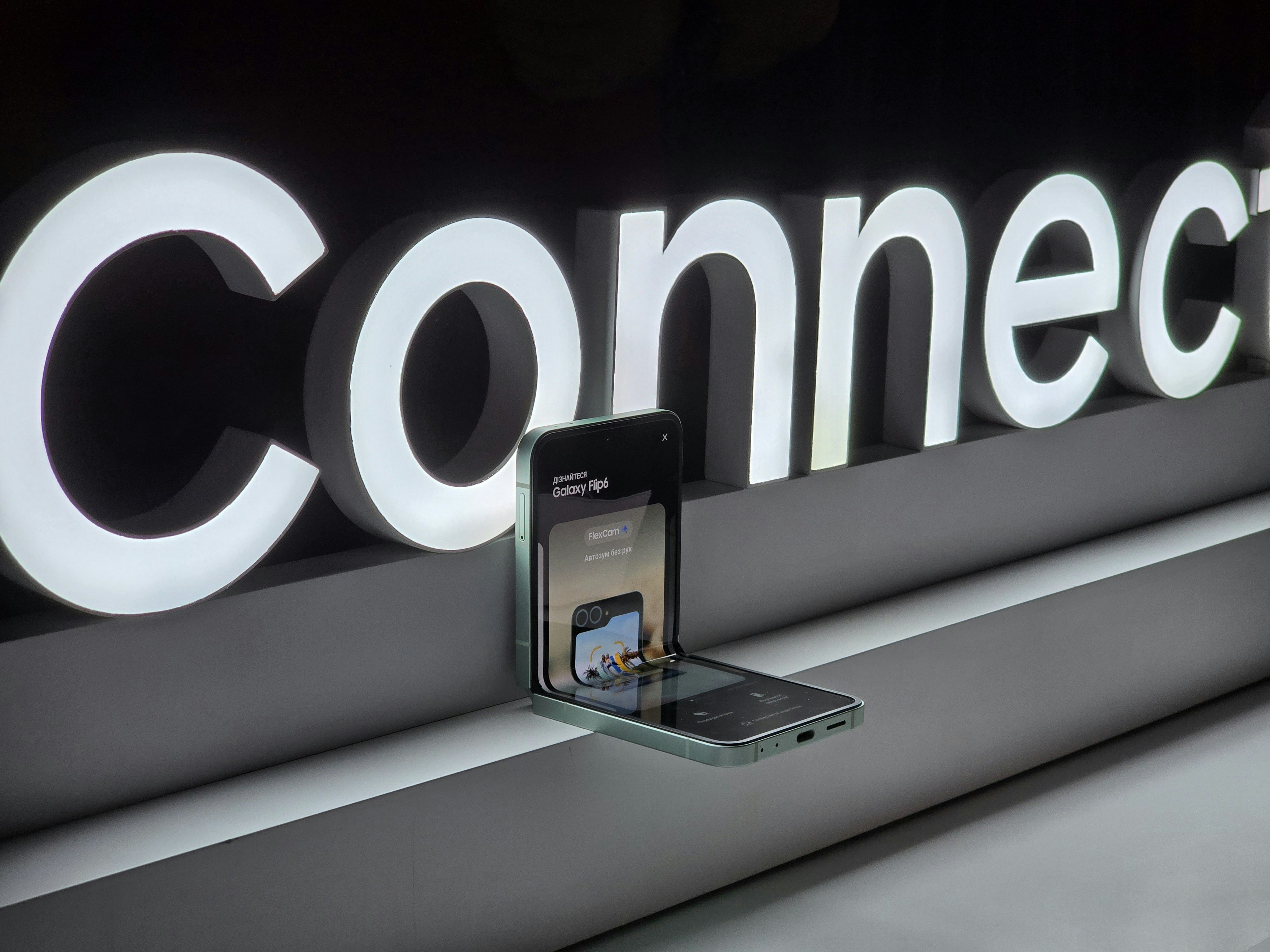"The Intriguing Journey into the Realm of E-Paper Technology"
Introduction: As we delve into the fascinating sphere of e-paper technology, it's time to explore its origins, current advancements, and its potential to transform the future of electronic displays. This pioneering technology is offering an unparalleled user experience, and it's about time we shine the spotlight on it.

A Glimpse into the Past: The Genesis of E-Paper
In the early 1970s, a pioneering company named Xerox ventured into the unknown, exploring the potential of a paper-like electronic display. This led to the invention of a technology known as Gyricon, a double-sided display that mimicked the properties of paper but was capable of electronically displaying and changing text. This set the stage for the evolution of e-paper technology, which has since undergone numerous advancements, each bringing us closer to the ideal of a paper-like digital display.
The Present Day: E-Ink Steals the Show
Fast forward to today, and e-paper technology has taken on a new avatar in the form of E-Ink. Developed by the E-Ink Corporation, this electrophoretic display technology is the leading form of e-paper in use today. It’s characterized by high visibility and contrast, a wide viewing angle, and low power requirements. E-Ink has become the technology of choice for e-readers, with popular devices like the Amazon Kindle and the Barnes & Noble Nook utilizing it.
The Price Point: Affordability in the Balance
E-Ink displays, while offering superior readability and low power consumption, do come with a higher price tag compared to traditional LCD or LED displays. A typical e-reader device can cost anywhere from $80 to $300, depending on the size, model, and additional features. However, the trade-off in terms of eye comfort, battery life, and the ability to read in direct sunlight often justifies the cost for avid readers.
The Future: Possibilities and Challenges
The future of e-paper technology presents a world of possibilities. From digital signage and retail price tags to wearable tech and beyond, the potential applications are vast. However, challenges remain. The lack of color in most e-paper displays and their slower refresh rate compared to traditional screens are hurdles that technology developers are striving to overcome. Recent advancements, like E-Ink’s Advanced Color ePaper (ACeP), show promise in bringing vibrant, full-color e-paper displays to the market.
The Market Impact: A Niche Yet Growing Segment
While e-paper technology may not replace traditional screens in all applications, it has carved out a significant niche for itself in the market. The e-reader market, for instance, is expected to reach $2.3 billion by 2026. With ongoing research and development, the scope for e-paper technology is only set to expand in the coming years.
In conclusion, e-paper technology, with its roots dating back to the 1970s, has come a long way. From the first Gyricon displays to modern E-Ink screens, the journey has been marked by continuous innovation. Despite challenges, the technology has found its place in the market and continues to evolve, promising a future where the convenience of digital information meets the comfort of paper.




